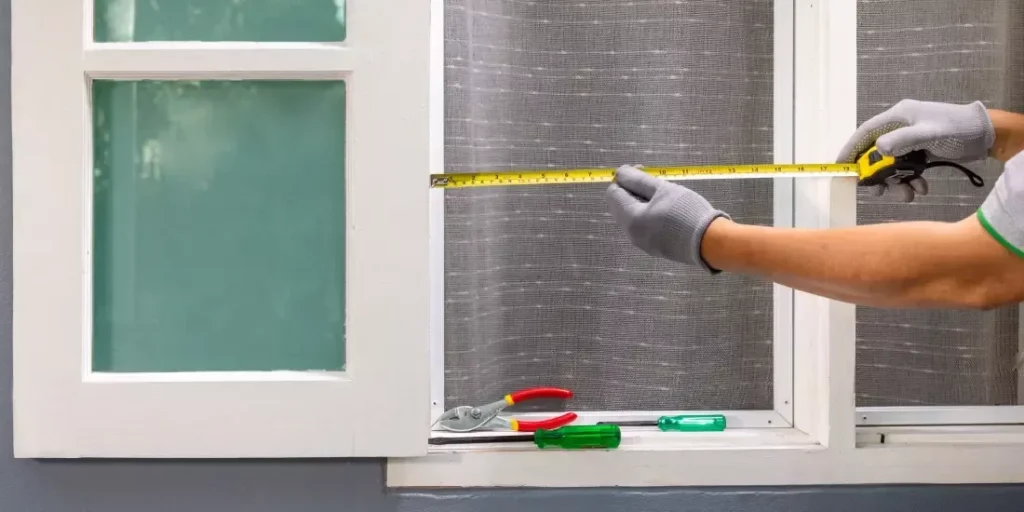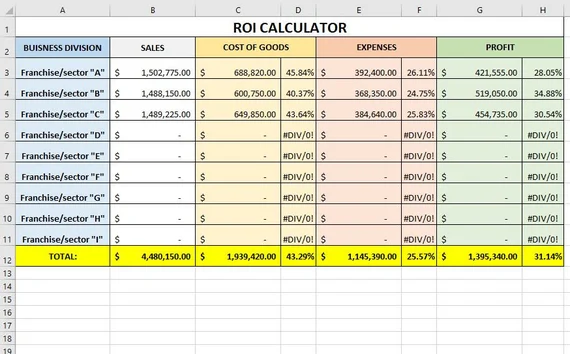
When it comes to interior design and home improvement, the details make all the difference. One of the most impactful, yet often overlooked, features in any room is the architrave. Among the various styles available, the ogee architrave stands out as a timeless, versatile, and aesthetically pleasing choice. Whether you’re renovating a period property or adding a touch of character to a modern home, an ogee architrave can elevate your interiors effortlessly.
What is an Ogee Architrave?
An ogee architrave is a type of decorative moulding that frames doors and windows. It features a distinct double curve profile—a concave curve flowing into a convex curve—that creates a graceful S-shaped design. This particular profile has its roots in classical architecture and has remained popular for centuries due to its elegant and intricate appearance.
The term “ogee” originates from Gothic architecture and has evolved over time to become a staple in moulding design. In modern interiors, the ogee profile is used not only in architraves but also in cornices, skirtings, and picture rails.
Why Choose an Ogee Architrave?
Timeless Elegance
One of the biggest appeals of the ogee architrave is its timeless aesthetic. Its sweeping curves and refined edges give it a classic look that suits both traditional and contemporary interiors. The design adds depth and interest to flat walls and creates a well-defined transition between the wall and door or window frame.
Versatility
Despite its historical roots, the ogee architrave is incredibly versatile. It can be used in various styles of homes—from Victorian and Georgian to minimalist and modern—because it blends well with both elaborate and simple décor schemes. Whether you want to create a formal atmosphere or a more relaxed setting, an ogee architrave can adapt to your needs.
Easy to Paint and Finish
Ogee architraves are usually made from MDF (medium-density fibreboard), hardwood, or softwood. MDF is the most commonly used material because it’s easy to cut, install, and paint. With the right finish, it can mimic the appearance of more expensive materials like oak or mahogany. Painted ogee architraves are particularly popular in modern homes for their clean, uniform look.
Where to Use Ogee Architrave
Around Door Frames
This is the most common use of ogee architrave. When installed around internal doors, it provides a decorative border that enhances the door’s appearance and adds structure to the wall. It also helps conceal any gaps between the wall and the door frame, ensuring a neat, professional finish.
Around Windows
Ogee architraves can also be used around windows to create a framed look that draws attention to natural light sources. This technique is especially effective in living rooms and bedrooms, where aesthetic appeal and functionality go hand in hand.
As a Decorative Feature
Some homeowners get creative and use ogee architraves as part of wainscoting or wall paneling designs. When combined with dado rails or skirting boards of a matching profile, the ogee architrave can contribute to a cohesive and visually stunning wall treatment.
How to Install Ogee Architrave
Tools and Materials Needed
To install ogee architrave, you’ll need a few basic tools and materials:
- Measuring tape
- Mitre saw or mitre box
- Pencil
- Adhesive or nails
- Sandpaper
- Paint or varnish (optional)
Steps for Installation
- Measure and Cut: Measure the height and width of the door or window frame. Cut the architrave pieces to size using a mitre saw set at a 45-degree angle for perfect corner joints.
- Dry Fit: Before applying any adhesive, place the pieces around the frame to ensure a proper fit. Make any necessary adjustments.
- Fix in Place: Apply adhesive to the back of the architrave and press it firmly against the wall. You can also use finishing nails for extra stability.
- Fill and Sand: Fill any gaps or nail holes with wood filler. Once dry, sand the surface smooth.
- Paint or Finish: Apply a coat of primer followed by your chosen paint or varnish. For a flawless look, consider painting before installation and touching up afterward.
Choosing the Right Ogee Architrave
Consider the Size
Ogee architraves come in various widths and thicknesses. Thicker architraves create a bold, luxurious effect, while thinner profiles are better suited for smaller rooms or minimalist interiors.
Match with Other Mouldings
For a unified look, pair your ogee architrave with matching skirting boards or picture rails. Many manufacturers offer entire moulding ranges in the ogee profile to make coordination easy.
Material Matters
Choose the material that best fits your needs and budget. MDF is budget-friendly and easy to work with. Hardwood options, such as oak or walnut, offer durability and a premium appearance but come at a higher cost.
Maintaining Ogee Architrave
Once installed, ogee architraves require minimal maintenance. Regular dusting and the occasional wipe-down with a damp cloth are usually sufficient. If painted, touch-ups may be needed over time to keep the finish looking fresh. For wooden architraves with a natural finish, a bit of furniture polish or wax can help maintain their sheen.
Ogee Architrave in Different Interior Styles
Traditional Interiors
In homes with a traditional aesthetic, the ogee architrave reinforces the classic look. It works beautifully alongside crown moulding, detailed skirtings, and panel doors to create a cohesive, period-inspired space.
Modern Homes
Contrary to popular belief, ogee architrave is not limited to old-fashioned décor. In modern homes, it adds a subtle touch of sophistication and depth to otherwise plain walls. When painted in neutral shades, it blends in seamlessly while still adding visual interest.
Transitional Design
Transitional interiors blend traditional and modern styles, and the ogee architrave fits perfectly within this hybrid look. Its elegant profile complements both sleek and ornate elements, making it ideal for homeowners who love a bit of both worlds.
Final Thoughts
The ogee architrave is more than just a functional border around your doors and windows—it’s a statement of style and sophistication. With its rich history, graceful curves, and adaptable design, it continues to be a favorite among homeowners and interior designers alike. Whether you’re updating one room or transforming your entire home, incorporating ogee architrave is a surefire way to add timeless charm and value to your space.






